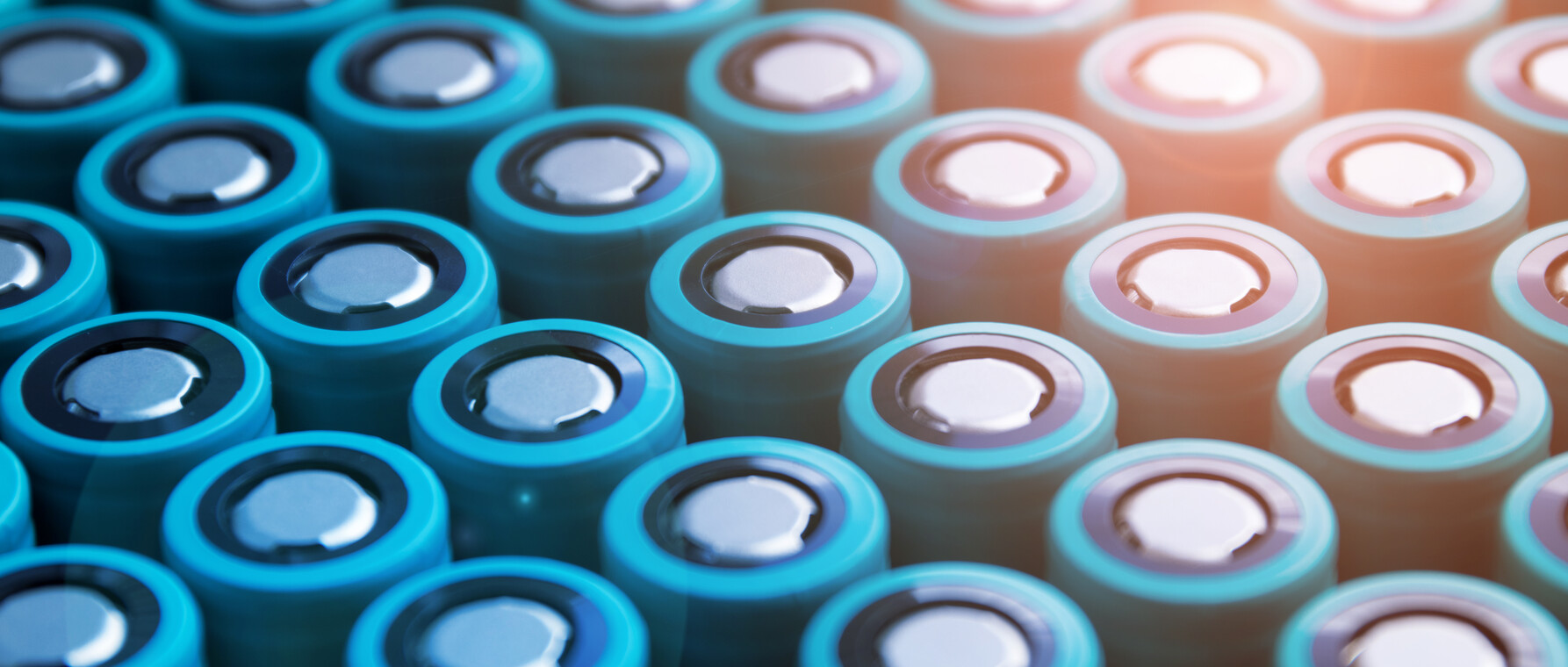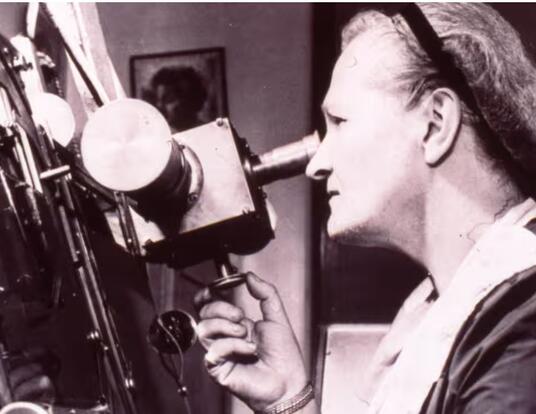Going with the Flow
The search for a better battery


As the danger of global warming rises, the cost of energy from sources other than fossil fuels drops. As a result, the world is turning increasingly to the sun and wind to keep homes warm, lights on, and vehicles moving. But solar panels and wind turbines can only generate power when the sun shines and a breeze is blowing. What happens at night or when the weather is calm?
“Right now, we can balance out electricity production to meet demand by quickly turning on and off fossil fuel power plants,” says chemist Emily Kerr. “But as we move away from fossil fuels in the future, we need to think about other ways of balancing the amount of electricity produced with the amount people actually need to use.”
As a PhD candidate in chemistry at Harvard’s Graduate School of Arts and Sciences (GSAS) Kerr is working on an alternative battery technology—redox flow—that makes use of pumped liquid electrolytes to store energy. Originally invented in the 19th century and revisited periodically in the decades since, redox flow batteries could be a solution to the problem of large-scale energy storage, a major obstacle in the fight against climate change. Moreover, the devices themselves are much easier on the environment to produce.
Beyond Lithium
Beginning in the 1990s, lithium-ion batteries increasingly became the energy storage solution of choice. Today, these batteries power everything from the smartphones in our pockets to the cars we drive. There are even grid-scale lithium-ion arrays capable of powering entire communities. (The auto company Tesla is collaborating with the California utility Pacific Gas & Electric on a massive project that will store enough energy to replace gas power plants.)
If you want to make redox flow batteries bigger, all you have to do is increase the size of the tanks that the compounds are in. This is more doable than increasing the size of lithium batteries . . .
-Emily Kerr
The problem with lithium-ion batteries is that they require minerals that are costly to mine and environmentally damaging to produce and dispose of. And as more consumers want electric vehicles and other devices that require significant energy storage, the demand for the metals used in lithium-ion batteries increases.
Redox (reduction-oxidation) flow batteries, on the other hand, use two non-lithium chemical compounds that are dissolved in tanks containing electrolyte liquid. In one tank, the liquid can receive an electron, and in the other, give an electron. The tanks are separated by an ion exchange membrane. When an electric charge is received—say from a solar panel or a wind turbine—ions flow across the membrane increasing the positive and negative charges of the solutions in the two tanks and charging the battery. When the battery is discharged, the process works in reverse.
Kerr says that one big advantage that redox flow batteries have over lithium ion is their scalability.
“If you want to make redox flow batteries bigger, all you have to do is increase the size of the tanks that the compounds are in,” Kerr says. “This is more doable than increasing the size of lithium batteries, which often entails creating an entirely new battery. Scaling up a redox flow battery can also be cheaper.”
There is a catch to redox flow batteries: vanadium, the element that is traditionally used in the electrolytic solution, is relatively rare and expensive. The lack of an alternative to vanadium has restricted the use of redox flow batteries. That’s why Kerr, working in the lab of Thomas D. Cabot Professor of Chemistry Roy Gordon, is focused on organic molecules called quinones that might be able to replace vanadium.
Fighting Fade
In nature, plants and animals use quinones in photosynthesis and cellular respiration to move electrons and perform chemical reactions that sustain life. The molecules store and transfer energy and, because versions have been used in other industries, are inexpensive and have a history of being mass-produced.
In the Gordon lab—and in collaboration with the lab of School of Engineering and Applied Science Professor Michael Aziz—Kerr is attempting to make quinones a suitable replacement for vanadium in redox flow batteries. Her research is two-pronged: first, she works to make sure the organic molecule is suitable for use in batteries; second, she investigates how the molecule starts to decay and loses it charge, rendering batteries inactive.
I certainly hope my work will help clear the way for understanding how to build long-lasting and inexpensive batteries that play a part in the transition away from fossil fuels.
-Emily Kerr
Organic molecules, Kerr says, are more prone than inorganic molecules to react in ways that might cause the molecule to “fade”—that is, lose its electroactivity over time and impair the function of the battery. In her time at the Gordon lab, Kerr was part of a team that discovered molecules often fade when they take on too many electrons during a chemical reaction. In a regular reaction, quinones will take on two electrons. Sometimes, though, they take an additional two, contributing to instability. “They have nowhere to store those extra electrons without falling apart,” Kerr says.
In her research, Kerr has been successful in preventing these reactions by using different organic reactions to modify the quinones into structures that are less likely to pick up extra electrons. At the start of her time at the lab, the quinones faded at a rate of five percent a day. Now, they have the fade rate down to 0.02 percent a day.
Kerr says she is optimistic but cautious about the future of redox flow batteries. While lowering the fade rates of organic electroactive molecules is an important step forward, the batteries are still too costly for most applications. In the years ahead, she hopes to find ways to make redox flow batteries less expensive so that they can compete with—and maybe someday replace—more environmentally harmful modes of energy storage.
“I don’t want to make grand statements about the future of the energy industry,” she says. “There are a lot of players and it’s easy to be wrong. But there is a startup selling commercial organic flow batteries these days. I certainly hope my work will help clear the way for understanding how to build long-lasting and inexpensive batteries that play a part in the transition away from fossil fuels.”
Get the Latest Updates
Join Our Newsletter
Subscribe to Colloquy Podcast
Simplecast





